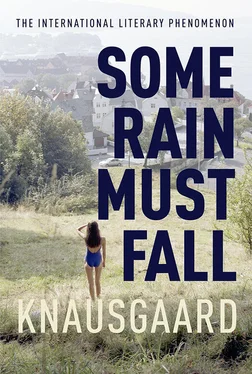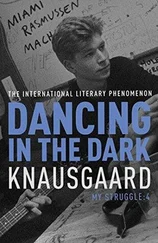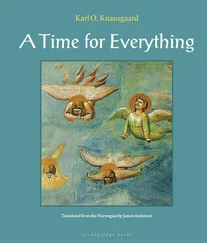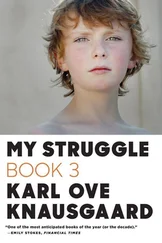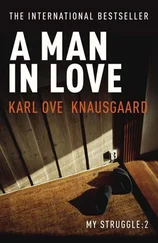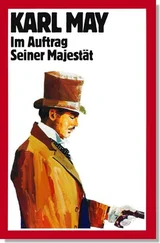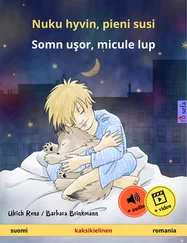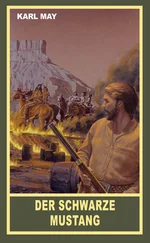Happy about this, I went on. The museum had a large collection of Astrup paintings, I knew, that was one of the reasons I had come here. Astrup came from Jølster, grandma’s home village, where his father had been the priest. During the whole of my childhood we’d had an Astrup painting on the wall above the staircase. It portrayed a meadow stretching up to an old farmyard, beneath some mighty, towering, though not unfriendly, mountains, and it was a midsummer night, the light floated gently across the meadow, which was full of buttercups. I had seen this picture so many times it was part of me. Outside the wall it hung on was the road and a housing estate, a quite different, sharper and more concrete world with manhole covers and bicycle handlebars, post boxes and caravans, home-made carts with pram wheels and kids with moonboots, nevertheless the nocturnal world in the picture was not a dream, not a fairy tale, it also existed in reality, near the farm grandma came from, where many of her siblings still lived and whom occasionally we visited in the summer. Grandma could remember Astrup, mum said, he was someone people talked about in the village, and at grandma and grandad’s house there was another picture he had painted, which I had also seen all my life. It depicted a birch forest, thick with black and white tree trunks and children walking between them picking something or other, the picture was eerie and almost completely without a sky, but it hung there in the midst of their everyday life, above their sideboard, and merged into the sense of security there.
By and large all the pictures by Astrup had motifs from Jølster, they portrayed places I knew in real life, and were recognisable, yet they weren’t. This duality, scenes that were both known and unknown, wasn’t something I thought about or reflected on, but I was still familiar with it in much the same way that I never reflected on the room I went into to read, although I was familiar with it: the way I left the reality surrounding me and went into another from one moment to the next, and invariably longed to be where I wasn’t.
The Astrup painting was part of me, and when Jon Fosse asked us to write a poem based on a picture that was the first one that occurred to me. I walked around the museum, keeping my senses open, if anything loomed up and inspired me I would write about it, but if not, I would write about an Astrup painting that was already in my head.
I wandered around for half an hour, stood taking notes in front of the picture by Lars Hertervig and the Astrup paintings, described the details so that I could remember them later, when I got home and had to write the poem. Afterwards I walked around the lake and into Marken, an area of town I had hardly ever been in before. It was packed, the sunshine had brought people outside. I had a coffee and wrote a few lines at Café Galleri, continued towards Torgalmenningen, and there, seeing the church towering over the town, it struck me that I could pop up and see whether Ingvild was in the reading room. The mere thought made me tremble. But there was nothing to fear, I told myself, she was only a human being like everyone else, the same age as me, what was more, and it wasn’t just me who had found it difficult to talk and behave naturally last time, she had probably felt the same, and the very idea that she might be full of trepidation but wanted this as much as me was such a good uplifting thought that I scampered up the steps to Høyden.
Besides, I thought, when I arrived at the top and started walking in the direction she had indicated, I did also have a reason to see her, I was going to invite her to Yngve’s party. If the meeting went well, I could wait until later, then I would have a reason to ring her again, but if it didn’t I could use the invitation as a trump card.
After the bright sunshine the entrance to the Psychology Building was so dark that at first I couldn’t read the letters on the sign there. And when they became clearer I was so distracted by nerves that for a few seconds I could hardly concentrate. My throat dry, my head burning, I finally managed to locate the reading room, and when I got there, so obviously flustered compared with the students I had met on the way, and scanned the rows of desks, there was someone standing at the far end and waving, it was her, she cleared her desk at a rate of knots, put on her denim jacket and came over to me with a smile on her lips.
‘Great to see you!’ she said. ‘Shall we go for a coffee?’
I nodded.
‘You’ll have to lead. I don’t know my way around here at all.’
There were lots of students outside today, on benches and kerbs and steps, and in the canteen at Sydneshaugen School, where we sat down with a cup of coffee, there was plenty of room between the tables. The atmosphere between us this time was much more relaxed, first we chatted a little about her studies and the people she shared her kitchen with in Fantoft, I told her about Morten, mentioned Yngve, how fantastic it had been to visit him in Bergen when I was at gymnas, she started to tell me about her childhood, she said she had been a typical tomboy playing football and scrumping apples, I commented there couldn’t be much left of that in her now, she laughed and said she hadn’t been planning to play football in Bergen, but that she would be going to the stadium the next time Sogndal came and she had also been thinking of taking in some of the home games at Fosshaugane. I talked a bit about IK Start and said that Yngve and I had been at the stadium when they beat Rosenborg 4–3 in the last match of the season in 1980 and became league champions, I described how we had stormed onto the pitch and stood outside the dressing room cheering the players, and how they had tossed their shirts out, and unbelievably I had caught Svein Mathisen’s, the most valuable of all, the number 9, but a man had ripped it out of my hands and gone off with it. I said it was great being able to talk with a girl like her about football, she said she might have a few more surprises up her sleeve. She started to talk about her sister again, and then about all her inferiority complexes, there wasn’t one thing she was good at, or so it seemed, but what she said was constantly contradicted by her laughter, and by her eyes, which not only belied her tale of wretchedness but also turned it onto its head. For some reason I told her about an incident in my childhood: I had got hold of some slalom goggles, I could only have been eight or nine, they were so cool, but there was one snag, they didn’t have any glass in. Despite that I put them on the next time we went mini-skiing on the slopes down from our house. It was snowing, the snow blew into my eyes making it almost impossible to see but I kept on going all the same, and everything was fine until some bigger boys turned up. They thought my goggles were as cool as I did, and said so, at which my chest burst with pride, and then of course they asked if they could borrow them, I said no, no way, but in the end I allowed myself to be persuaded, and one of them donned the goggles and was about to set off when he turned to me and said, there’s no glass in them! He didn’t make fun of me or anything, he was just genuinely surprised, why would anyone ski with slalom goggles if there was no glass in them?
We sat there for half an hour until I accompanied her back to the reading room. We stopped outside and continued chatting, then Morten came up the hill, it was impossible to mistake him, even at a distance, there weren’t many young men who wore red leather jackets, and of those only Morten could stride along the way he did, his limbs as rigid as a doll’s, yet energetic and full of power. But now his head wasn’t held high, as it had been the other times I had seen him, it was bowed, and as he approached and I waved a hand in greeting I could see his face was racked with anguish.
Читать дальше
